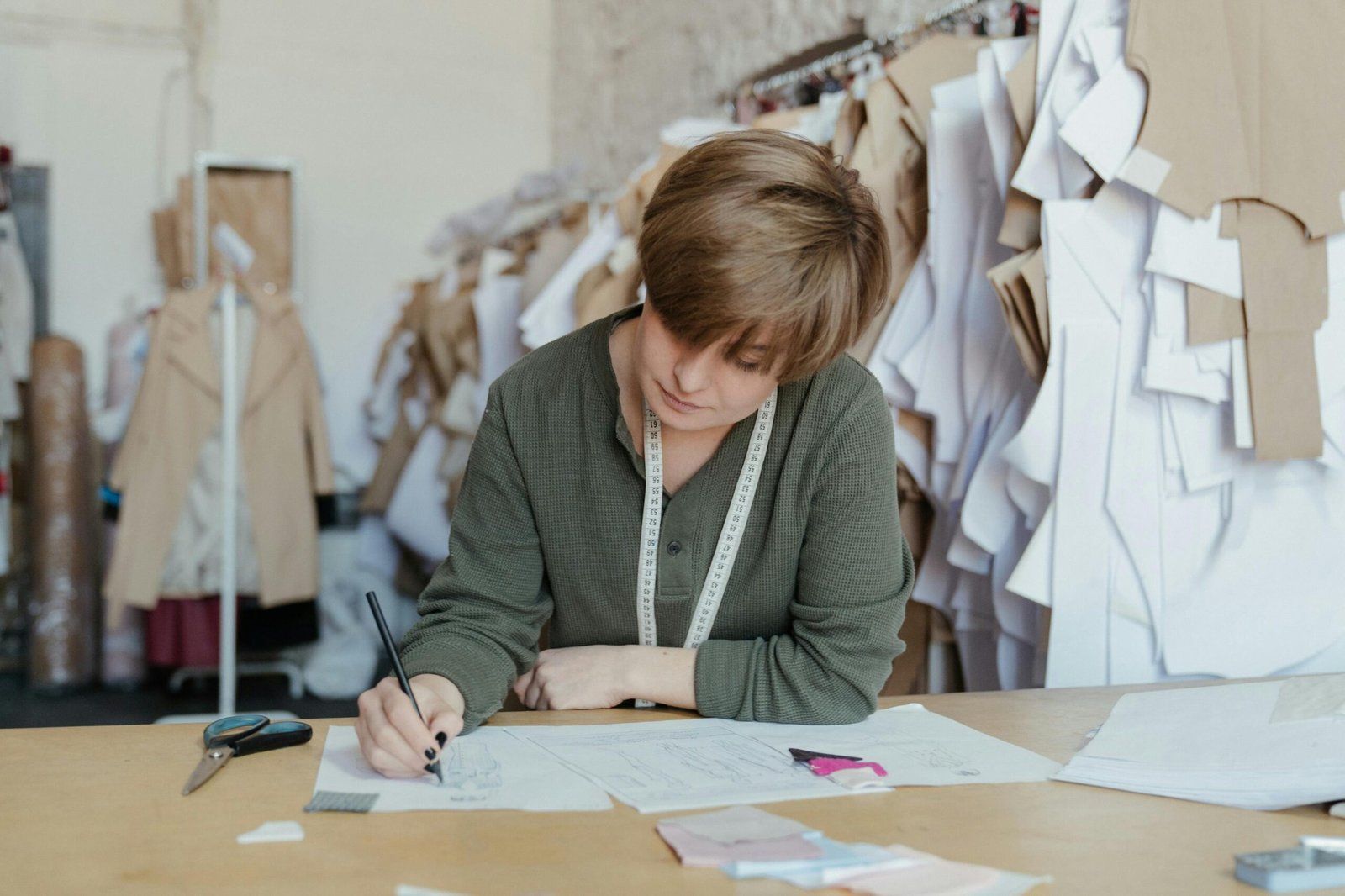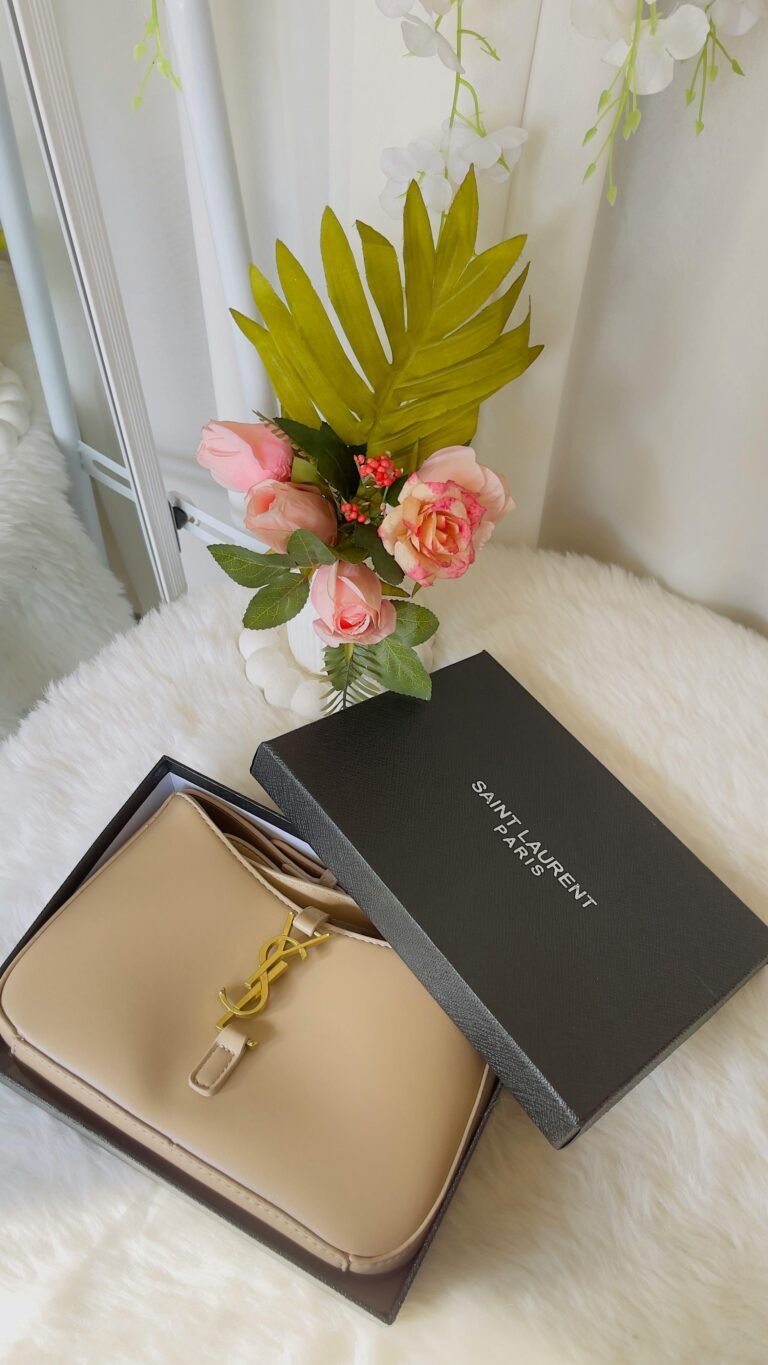Key Takeaways
- Designer clothing refers to luxury apparel tied to a designer’s name or house—defined by exclusivity, fine craftsmanship, and high-quality materials.
- Emerging themes for 2025: quiet luxury, sustainable design, suede boho styles, romantic lace, playful polka dots, and reconstructed/upcycled pieces.
- Authentication checklist: examine stitching, fabric weight, label details, and provenance to distinguish genuine couture or ready-to-wear.
- Styling approach: mix timeless designer items with versatile basics, embrace sustainability, and explore resale opportunities.
- Visual cues: pay attention to texture close-ups, silhouette details, and finishing quality to recognize luxury.
1. What Defines Designer Clothing?
Designer clothing encompasses garments produced by established fashion designers or fashion houses—labels such as Chanel, Prada, Armani, or The Row. These pieces stand out for their brand prestige, artisanal craftsmanship, and premium pricing.
The concept of licensing took hold in the 1960s, pioneered by designers like Pierre Cardin, enabling broader reach without diluting exclusivity. Today, many fashion houses uphold legacy aesthetics even when the founder is no longer directly involved.
2. Brand Tiers & The Rise of Quiet Luxury
Understanding Brand Levels
- Haute Couture – Custom-made garments crafted to an individual client’s measurements, subject to strict French regulations.
- Luxury Ready-to-Wear – Seasonal collections by elite labels like Dior, Celine, and Brunello Cucinelli.
- Accessible Designer – More affordable diffusion or licensed lines, such as Michael Kors or Calvin Klein.
Quiet Luxury Explained
Quiet luxury—also known as stealth wealth—focuses on understated elegance. Think Loro Piana, The Row, Brunello Cucinelli, Zegna. These brands highlight fabric, silhouette, and craftsmanship over flashy logos, appealing to those who value subtlety and longevity.
3. Authentication & Quality Markers
Craftsmanship & Fabric
- High-end materials: Italian wool, pure cashmere, fine silk.
- Impeccable stitching: even seams, hand-rolled edges, durable finishes.
Labels & Serial Details
- Interior tags with designer branding.
- Serial numbers, holograms, or batch codes that align with official standards.
Construction & Finishing
- Seam alignment and precise pattern matching.
- Clean hems and interior finishing without shortcuts.
4. Key Trends in Designer Fashion for 2025
4.1 Boho Chic in Suede & Earth Tones
Designers such as Alaïa and Khaite embrace warm browns, chocolate hues, and soft suede for coordinated sets and belts.
4.2 Romantic Lace & Vintage Revival
Lace and Victorian-inspired detailing dominate collections from Dior, Zimmermann, and Fendi, offering a romantic and timeless vibe.
4.3 Polka Dots & Playful Prints
Polka dots return as a bold motif—both nostalgic and refreshingly modern—appearing in various silhouettes across 2025 lines.
4.4 Reconstructed & Upcycled Pieces
Labels like Marine Serre and Vetements lead the charge with reconstructed denim, vintage repurposing, and eco-conscious couture.
5. Styling Designer Clothing for Longevity
- Capsule wardrobe approach – Mix statement designer items with neutral basics.
- Color coordination – Stick to earthy or minimalist palettes for cohesiveness.
- Seasonal versatility – Layer suede skirts with cashmere tops, wear lace blouses under blazers, or pair reconstructed denim with neutral knits.
6. Sustainability in Designer Fashion
Circular Fashion & Resale
Designer pieces retain value, making them perfect for resale platforms and vintage markets. Circular fashion reduces waste and keeps luxury items in circulation.
Smart/Textile Innovation
High fashion is experimenting with modular design, embedded sensors, and regenerative textiles, blending aesthetics with sustainability and connectivity.
7. Shopping Tips & Budgeting for Designer Clothing
Where to Buy Authentically
- Official boutiques, trusted department stores, and vetted resale platforms.
- Avoid unauthorized outlets or misrepresented licensing lines.
Investing Wisely
- Start with versatile, quiet-luxury staples before moving to seasonal statement items.
- Evaluate cost-per-wear on classics: trench coats, structured tailoring, and heritage handbags.
Buy, Rent, or Resell
- Rent for one-time events.
- Resell to preserve value and support sustainability.
- Buy timeless pieces that elevate your long-term wardrobe.
Summary & Recommendations
Designer clothing represents craftsmanship, heritage, and exclusivity—a world where quality speaks louder than logos.
For 2025, focus on quiet luxury, sustainability, and timeless style. Use authentication checklists when shopping, and build a capsule wardrobe anchored by versatile staples and carefully chosen statement pieces.
Finally, embrace circular models—whether through resale, rental, or upcycling—to align fashion with sustainability and long-term value.





[…] From news on June 3, 2025, the Louisiana Supreme Court granted a motion to recuse both Beauregard Parish judges from the case, citing connections to Clanton’s ex‑husband and concerns over impartiality—though no explicit bias was alleged […]